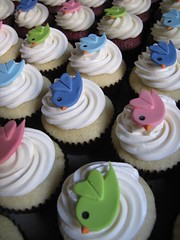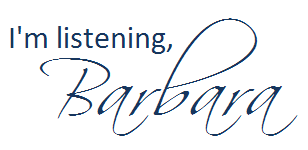 SPC 4350 & COMM 4633
SPC 4350 & COMM 4633
If you chose to have a client in this class, for your final project, you will analyze your client’s organization from a social media perspective and create a mini-campaign for it.
This project is worth a total of 500 points of the 1000 available; the written portion is worth 400, and the class presentation is worth 100.
Social Media Strategy: Use the POST process from Groundswell to guide you as you create a social media strategy for your organization. This should be a general strategy that will carry your organization through several campaigns or projects over the course of the next year. Part of this strategy will also include creating a social media policy for the employees of your organization, or critiquing the existing policy if there is one in place.
- Background
- An overview of your organization and what it does
- A brief history or timeline of your organization
- Based on Grunig & Hunt’s models of PR, which model is your organization using? Provide examples.
- People
- Assess the social activities of your client’s customers. (What sites do they currently use? Why do they choose these sites?)
- Objectives
- Decide what you want to accomplish via social media
- Be specific. Use SMART objectives, ones that are specific, measurable, attainable, relevant and time-bound.
- Strategy
- Plan for how relationships with your customers will change
- Technology
- Decide which social tools you will use (a Facebook page, a Groupon coupon, specials for FourSquare mayors, etc.). Explain why you chose each tool. (For this portion of the project, you do not need to provide samples.)
- Social Media Policy
- If the client already has a social media policy, critique it and make recommendations for changes. (If you have no changes recommended, explain why you believe the policy is a good one as is.)
- If the client does not already have a social media policy, use the Policy Tool for Social Media, create a draft of one to review with your client. (For the purposes of this class project, you do not have to review the draft with the client.)
Mini-Campaign:
- Develop & conduct a mini-campaign (using social media) for your organization. For this mini-campaign, use the standard RACE model:
- Research
- Action
- Communication
- Evaluation
- Include a budget.
- Include samples of all the types of social media that you plan to use. For example, if you are recommending that your client has a podcast, provide at least one complete episode, along with a description of upcoming episodes. If you recommend a Groupon coupon, provide the image(s) and text make up the coupon. If you recommend a Facebook page, mock up a page.
- Some of the information in your mini-campaign may overlap with your Social Media Strategy. This is to be expected, as you will create the campaign based on the strategy.









